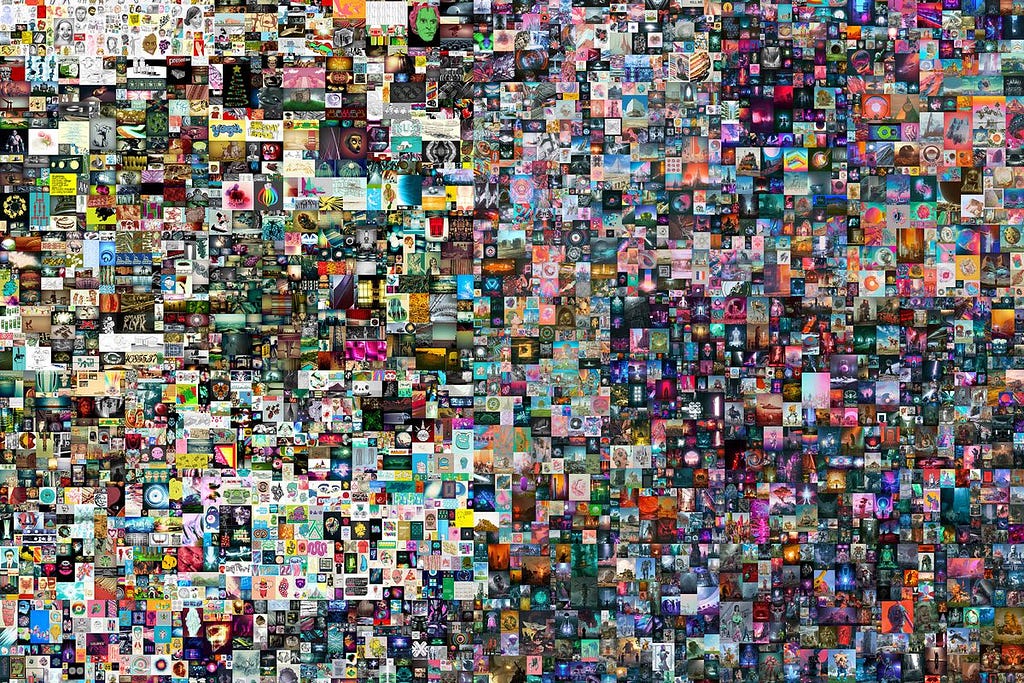
NFTs & AI
Last Updated on January 6, 2023 by Editorial Team
Author(s): Surya Maddula
Originally published on Towards AI the World’s Leading AI and Technology News and Media Company. If you are building an AI-related product or service, we invite you to consider becoming an AI sponsor. At Towards AI, we help scale AI and technology startups. Let us help you unleash your technology to the masses.
Images used in my articles are Properties of the Respective Organizations and are used here solely for Reference, Illustrative and Educational Purposes Only. (Images Source: Google [Aside from some images, in whose case, the source is specifically mentioned below the image])

But, what are NFTs?
Let’s Understand them Individually.
What Exactly is an NFT?
“A Non-Fungible Token (NFT) is a non-interchangeable unit of data stored on a blockchain, a form of digital ledger, which can be sold and traded. Types of NFT data units may be associated with digital files such as photos, videos, and audio. Because each token is uniquely identifiable, NFTs differ from blockchain cryptocurrencies, such as Bitcoin” — Wikipedia
“Non-fungible” means that it’s unique and can’t be replaced with something else. For Instance, bitcoin is fungible — you can trade one for another bitcoin, and you’ll have the same thing. But, A one-of-a-kind, special/rare trading card, is non-fungible. If you traded it for a different card, you’d have something completely different.
It is also a digital asset that represents real-world objects like art, music, in-game items, and videos. They are bought and sold online, frequently with cryptocurrency, and they are encoded with the same underlying software as many cryptos.
“Although they’ve been around since 2014, NFTs are gaining notoriety now because they are becoming an increasingly trendy way to buy and sell digital artwork. A staggering $174 million has been spent on NFTs since November 2017.
NFTs are also generally one of a kind, or at least one of a limited set, and have unique identifying codes. “Essentially, NFTs create digital scarcity,” says Arry Yu, chair of the Washington Technology Industry Association Cascadia Blockchain Council and managing director of Yellow Umbrella Ventures.
Anyone can view the individual images — or even the entire collage of images online for free. So why are people willing to spend millions on something they could easily screenshot or download?
Because an NFT allows the buyer to own the original item. Not only that, but it also contains built-in authentication, which serves as proof of ownership. Collectors value those “digital bragging rights” almost more than the item itself ” — Forbes
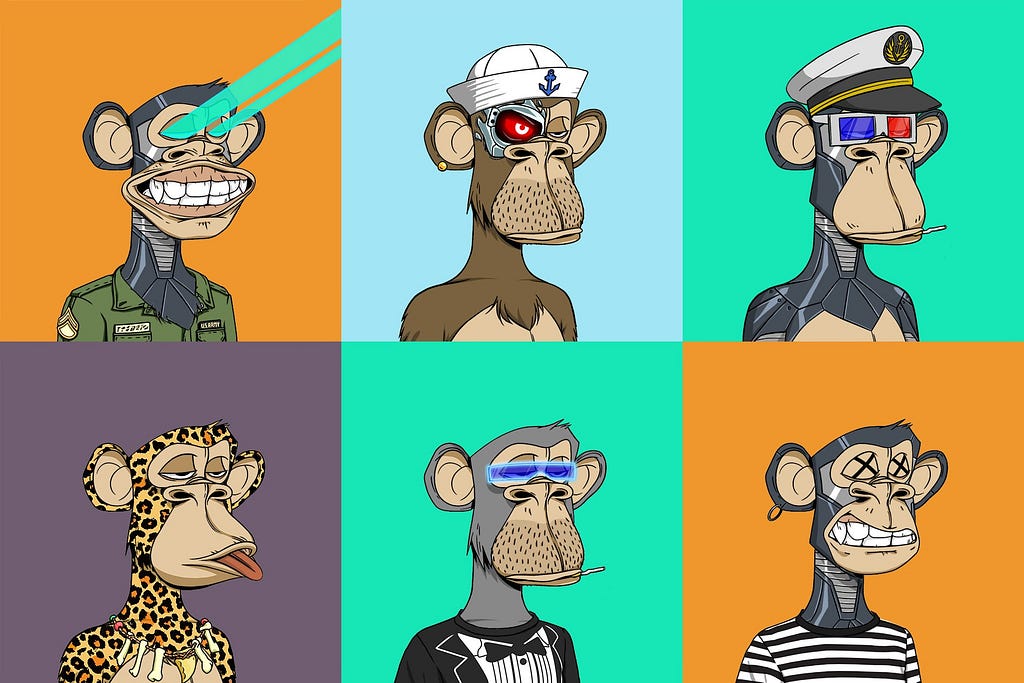
How do NFTs Work?
At a very high level, most NFTs are part of the Ethereum blockchain. Ethereum is a cryptocurrency, like bitcoin or dogecoin, but its blockchain also supports these NFTs, which store extra information that makes them work differently from, say, an ETH coin. It is worth noting that other blockchains can implement their own versions of NFTs. (Some already have.) — The Verge
NFTs exist on a blockchain, which is a distributed public ledger that records transactions. You’re most familiar with blockchain as the underlying process that makes cryptocurrencies possible.
Specifically, NFTs are typically held on the Ethereum blockchain, although other blockchains support them as well.
An NFT is created, or “minted” from digital objects that represent both tangible and intangible items, including:
• Art
• GIFs
• Videos and sports highlights
• Collectibles
• Virtual avatars and video game skins
• Designer sneakers
• Music
Even tweets count. Twitter’s Co-Founder Jack Dorsey sold his first-ever tweet as an NFT for more than $2.9 million!
NFTs are like physical collector’s items, only digital. So instead of getting an actual oil painting to hang on the wall, the buyer gets a digital file instead.
They also get exclusive ownership rights. That’s right: NFTs can have only one owner at a time. NFTs’ unique data makes it easy to verify their ownership and transfer tokens between owners. The owner or creator can also store specific information inside them. For instance, artists can sign their artwork by including their signature in an NFT’s metadata.
How is an NFT Different from Cryptocurrency?
NFT stands for Non-Fungible Token. It’s built using the same kind of programming as cryptocurrency, like Bitcoin or Ethereum, but that’s where the similarity ends.
Physical money and cryptocurrencies are “fungible,” meaning they can be traded or exchanged for one another. They’re also equal in value — one dollar is always worth another dollar; one Bitcoin is always equal to another Bitcoin. Crypto’s fungibility makes it a trusted means of conducting transactions on the blockchain.
NFTs are different. Each has a digital signature that makes it impossible for NFTs to be exchanged for another, or equal to another. (Hence, non-fungible).
For Instance:
One NBA Top Shot clip is not equal to EVERYDAYS simply because they’re both NFTs. (One NBA Top Shot clip isn’t even necessarily equal to another NBA Top Shot clip, for that matter.) — Forbes
Check out this YouTube video explaining everything about NFTs.
Now that you know what NFTs are, let’s dive into the topic for today’s Article!
NFTs & AI
To understand how today’s technology enables intelligent NFTs, we need to understand which AI areas intersect with the current generation of NFTs. NFT digital representations are based on digital formats such as images, video, text, and audio. These representations can be nicely mapped to different AI sub-fields.
Deep learning is an area of AI that relies on deep neural networks to generalize knowledge from datasets. The ideas behind deep learning have existed since the 1970s but have exploded over the last decade with the many frameworks and platforms that have facilitated their mainstream adoption. There are several key areas of deep learning that can have a significant impact on enabling intelligence capabilities in NFTs.
Computer Vision: NFTs are currently primarily about images and video and are ideal for taking advantage of advances in computer vision. In recent years, technologies such as convolutional neural networks (CNNs), generative hostile networks (GANs), and more recently Transformers have pushed the boundaries of computer vision. Image generation, object recognition, and scene understanding are some of the computer vision technologies that can be applied to the next wave of NFT technology. Generative art seems to be a clear area for combining computer vision and NFTs.
Natural Language Understanding: Language is the basic form of explicit knowledge, and the form of ownership is part of it. Natural Language Understanding (NLU) has been at the heart of the most important breakthroughs in deep learning for the past decade. Technologies like transformers that power models like GPT3 (OpenAI) have reached a new milestone in NLU. Areas such as question answering, summarization, and sentiment analysis may relate to new forms of NFTs. The idea of superimposing language comprehension on the existing form of NFT seems to be a simple mechanism for enriching NFT’s interactivity and user experience.
Speech Recognition: Language intelligence can be seen as the third area of deep learning that can quickly affect NFTs. Technologies such as CNNs and recurrent neural networks (RNNs) have advanced the field of language intelligence in recent years. Features such as speech recognition and speech analysis can drive interesting forms of NFT. Not surprisingly, audio NFTs seem to be the perfect scenario for the Speech Intelligence method.
3 Key Categories at the Convergence of NFTs & AI.
(Source: NASDAQ)
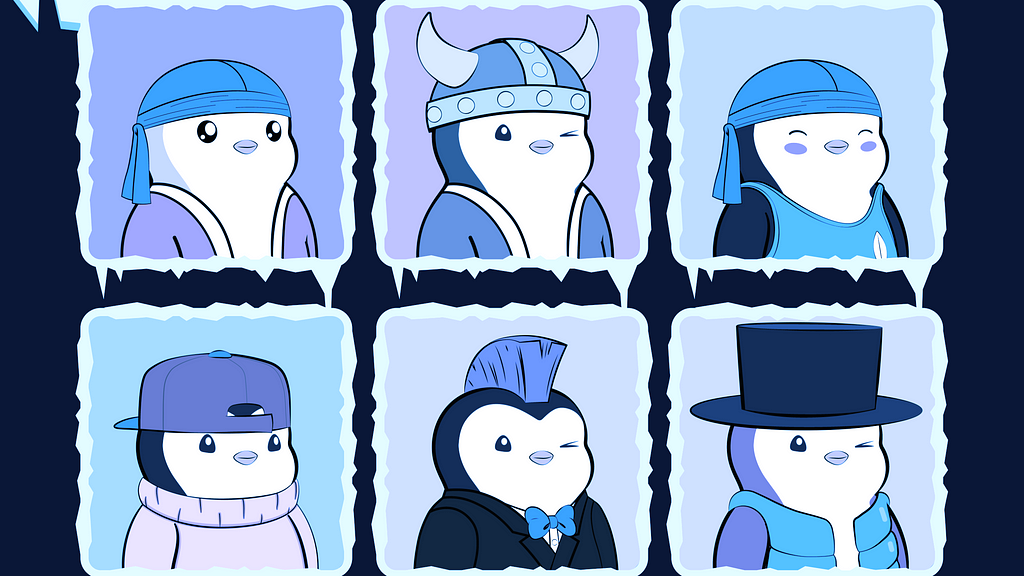
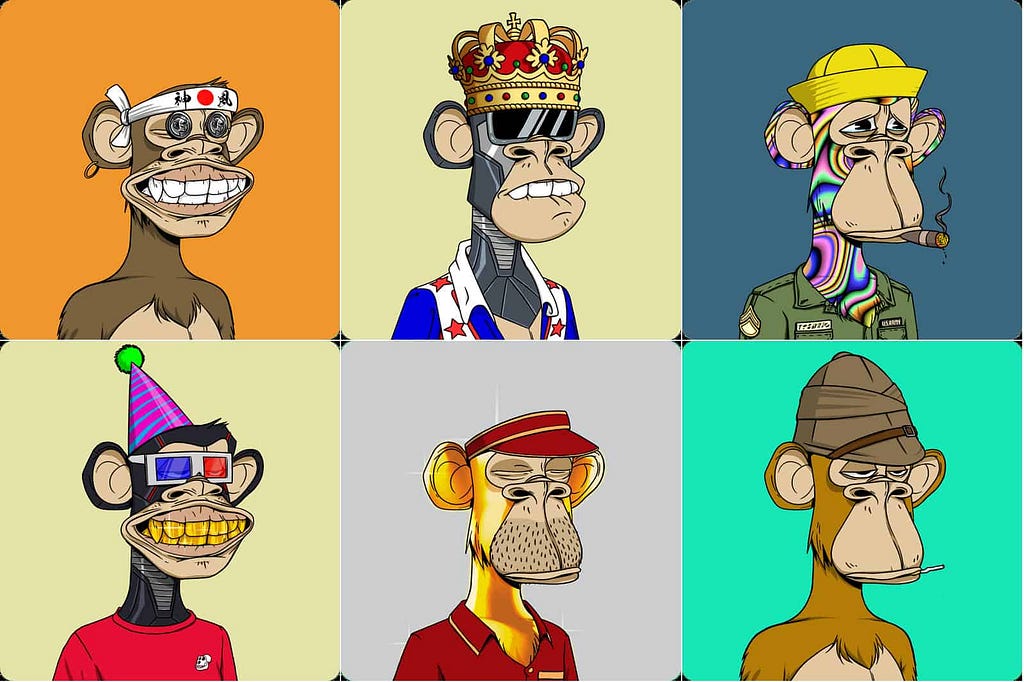
AI-Generated NFTs
This is the most obvious dimension of the NFT ecosystem to benefit from recent advances in AI technology. The experience of deep learning methods in areas such as computer vision, language, and speech can experience NFT creators’ experience at a level that has not been seen yet.
Today we can see the signs of this trend in areas such as general art, but comparison from the viewpoint of AI method used as well as the AI method used and the application to which they are attracted Limited. In short, we should see the value of AI-Generated NFT to extend beyond generation technology than generating technology to provide natural vehicles to use the latest depth technology.
An example of this value proposal can be viewed in a digital artist like Refik Anadol that has already experimented with Nolledge to create an NFT. Anadol’s Studio used techniques such as Goans and even quantum computing. NFTs were one of the latest delivery mechanisms investigated by Anadol.
AI served the crypto world with successful profile pic NFT projects this past summer. Therefore, a “JPEG summer.” Some of the most famous PFP NFT Projects include the Bored Ape Yacht Club and Pudgy Penguins Series. They appear to capitalize on its success from Crypto Punks. Thus, it continues to dominate in the field of creating NFTs
Innovative Technology has led to the development of many unusual types of art. Artists can now use AI and computer algorithms alike in this process. A bucket filled with virtual assets is made. These come equipped with unique design features. Or accessories that are not available anywhere else but here. They also have exclusive traits depending upon what kind you want.
The world of generative art is changing with support. And rise in popularity of algorithms over traditional methods. A new platform, Art Blocks, is changing everything by providing unique aesthetic qualities.
AI-generated NFTs are unique and interesting. Moreover, an algorithm makes them with a predefined style. Artists can upload their algorithms onto Art Blocks. Also, set the limit on iterations for minting pieces. And then, choose from one of many available styles that suit them best.
The new strategy of art creation works like a “get what you get” gumball machine. But some buyers treat it as if they are purchasing an option.
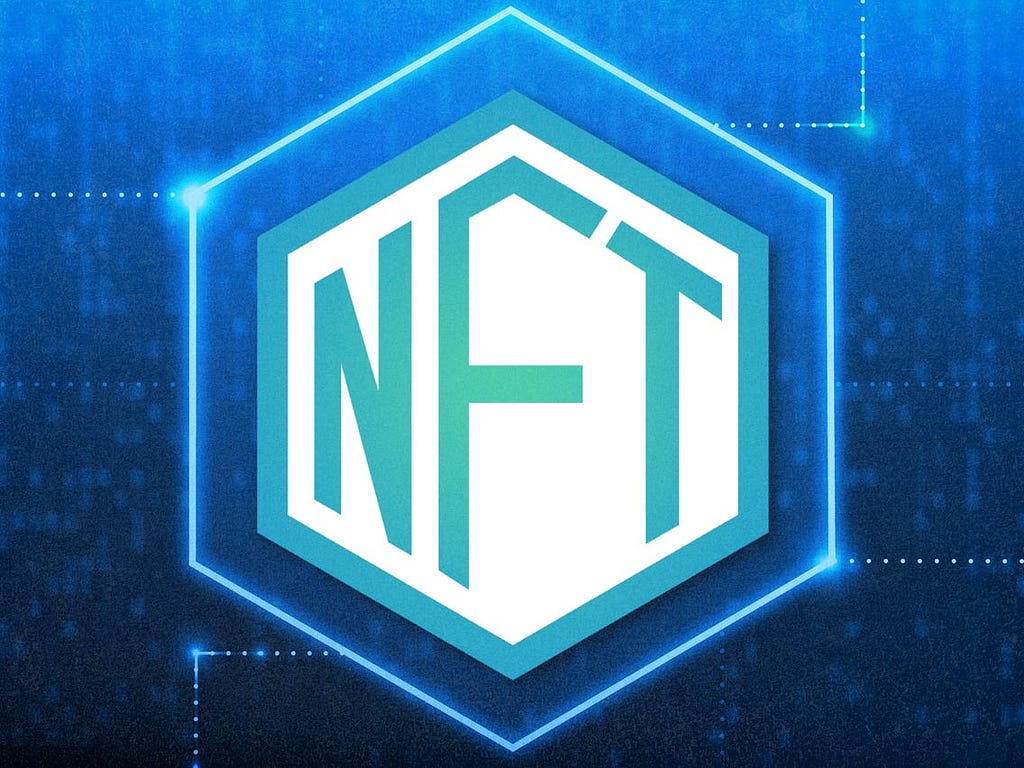
NFT Embedded AI
You can use AI to generate NFTs, but that doesn’t mean they will be intelligent. But what if they could? Native embedding of AI capabilities in NFTs is another aspect of the market unleashed through the intersection of these two compelling technology trends.
Imagine an NFT that includes voice and language skills to establish a dialogue with users, answer questions about user meaning, and interact with specific environments. Platforms like Alethea AI and Fetch.ai are starting to scratch the surface here.
AI-first NFT Infrastructure
(Source: CoinDesk)
The value of Deep Learning methods for NFTs won’t only be reflected at the individual NFT level but across the entire ecosystem. Incorporating AI capabilities in building blocks such as NFT marketplaces, oracles or NFT data platforms can prepare the foundation to gradually enable intelligence across the entire lifecycle of NFTs.
Imagine NFT data APIs or Oracles that provide Intelligent Indicators extracted from on-chain datasets or NFT marketplaces that use computer vision methods to make smart recommendations to users. Data and intelligence APIs are going to become a key component of the NFT market.
AI is changing the landscape of all software and NFTs are not the exception. By incorporating NFT capabilities, the NFTs can evolve from basic ownership primitives to intelligent, self-evolving forms, or ownership that enable richer digital experiences and higher utility for NFT creators and consumers. The era of intelligent NFTs does not require any futuristic technical breakthroughs. The recent advancements in computer vision, natural language understanding, or speech analysis combined with the flexibility of NFT technologies already offered a great landscape for experimentation to bring intelligence to the NFT ecosystem.
Redirections for Further Research
The Coming Convergence of NFTs and Artificial Intelligence | Nasdaq
Here’s why AI-equipped NFTs could be the real gateway to the Metaverse (cointelegraph.com)
🙂
Thanks for Reading, Happy Learning!
NFTs & AI was originally published in Towards AI on Medium, where people are continuing the conversation by highlighting and responding to this story.
Join thousands of data leaders on the AI newsletter. It’s free, we don’t spam, and we never share your email address. Keep up to date with the latest work in AI. From research to projects and ideas. If you are building an AI startup, an AI-related product, or a service, we invite you to consider becoming a sponsor.
Published via Towards AI
Take our 90+ lesson From Beginner to Advanced LLM Developer Certification: From choosing a project to deploying a working product this is the most comprehensive and practical LLM course out there!
Towards AI has published Building LLMs for Production—our 470+ page guide to mastering LLMs with practical projects and expert insights!

Discover Your Dream AI Career at Towards AI Jobs
Towards AI has built a jobs board tailored specifically to Machine Learning and Data Science Jobs and Skills. Our software searches for live AI jobs each hour, labels and categorises them and makes them easily searchable. Explore over 40,000 live jobs today with Towards AI Jobs!
Note: Content contains the views of the contributing authors and not Towards AI.












